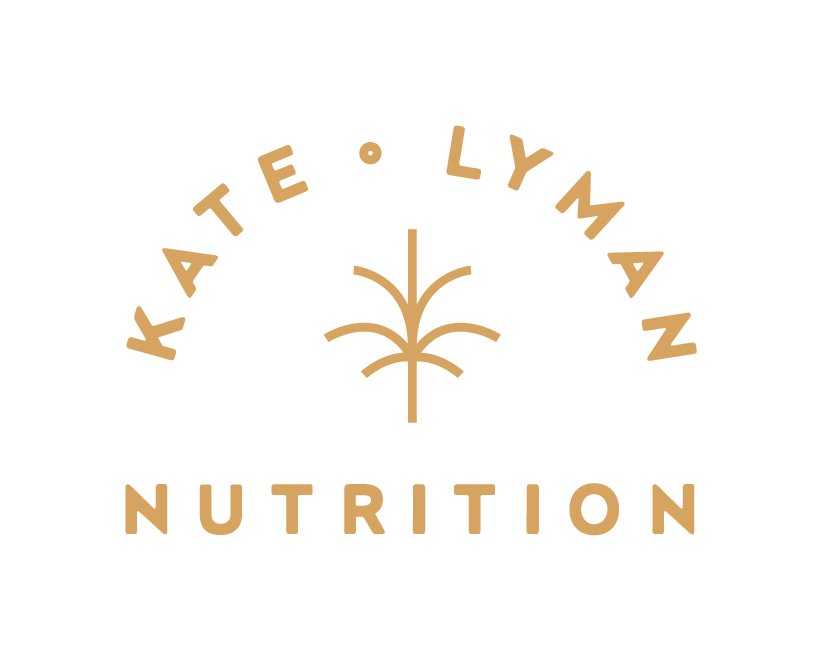KATE'S TOP 3 MACRO-FRIENDLY FAVORITES
I could go on for DAYS about all of my favorite macro-friendly foods, but I had to narrow it down to three, so here are the top items that I always have in my kitchen (and didn’t already talk about in my previous Top 5 post). Enjoy!
1 | NONFAT GREEK YOGURT
18P | 0F | 7C per 170g serving
I strongly believe that few foods are more versatile than nonfat greek yogurt. If you eat dairy, nonfat greek yogurt is an absolute must-have for your fridge. It can be used to add more protein and thickness to a smoothie, as a nonfat substitute for sour cream (I love it on my taco salads), or sweetened with honey or stevia and eaten with berries or granola. My absolute FAVORITE treat is what I call a cheesecake bowl. To make it, add 10 grams of sugar free cheesecake flavored jell-o pudding mix to 200 grams of nonfat greek yogurt. Stir for a while until the mixture thickens, and you have a “cheesecake” base that is great on its own, but even better when you add peanut butter, PB2, berries, chocolate chips, or a splash of vanilla extract.
2 | PEANUT BUTTER POWDER
6P | 1.5F | 4C per 12g serving
I must start with the disclaimer that peanut butter powder is NOT an appropriate substitute for peanut butter. Real peanut butter is the greatest and can never be replaced, but powdered versions dehydrate peanuts, removing the oil and leaving you with a low-fat, high-protein powder that can be added to oatmeal, yogurt, protein shakes, smoothies, or mixed with water to make a peanut butter substitute when you can’t spare the fats for normal peanut butter. Brands like PB2, PBFit, or Sprouts PB Powder all have similar macros and some have different flavors like chocolate or coconut. PB hack: try mixing the peanut powder with a splash of almond milk and about 10g of real peanut butter. It creates a better consistency and a much more acceptable substitute for real peanut butter.
3 | KABOCHA SQUASH
1P | 0F | 8C per 100g uncooked
Though most varieties of squash are macro-friendly, kabocha squash tops them all because it is the easiest to cook and, in my opinion, the most delicious. Kabocha squash can be cooked and eaten with the outer skin, so you don’t have to slave over cutting it like you do with butternut or acorn squash. And that’s not even the best part; the best part about kabocha is that it is so sweet, delicious, and versatile. I eat it solo, add it to a hash, chop it and bake it with other veggies, or top it with peanut/almond butter and enjoy it as a treat. Kabocha hack: if logging in MFP, search for an entry called “cooked kabocha squash with skin” and then you can just weigh and track it once it is cooked. It is more accurate and saves you time in the end.
Let us know if you give any of these a try! We’d also love to hear YOUR macro-friendly favorites - share with us in the comments!



